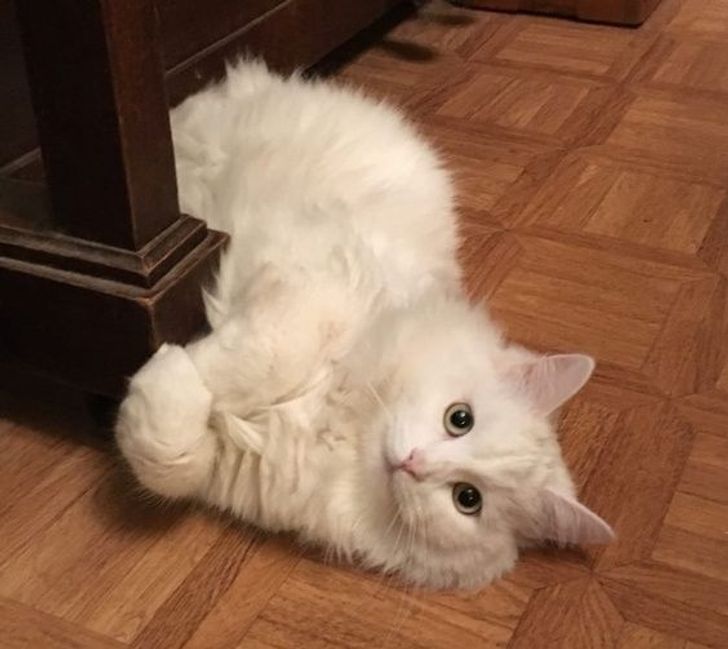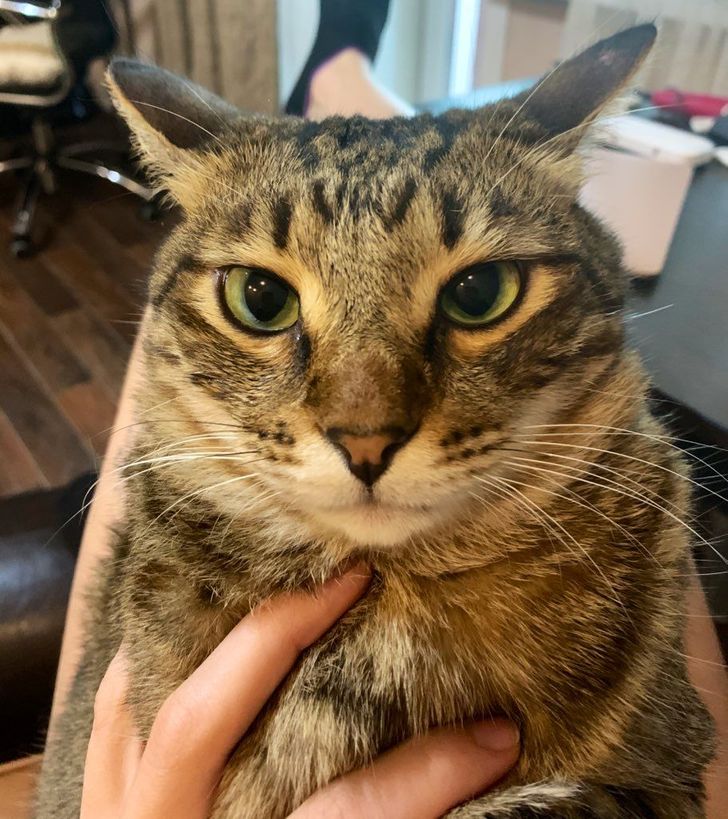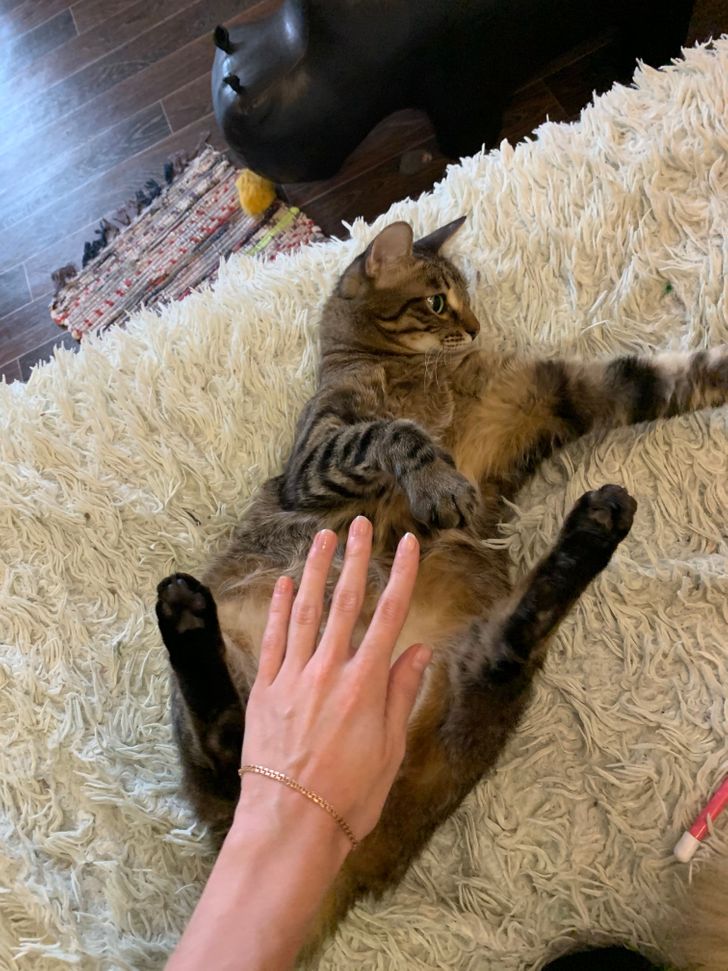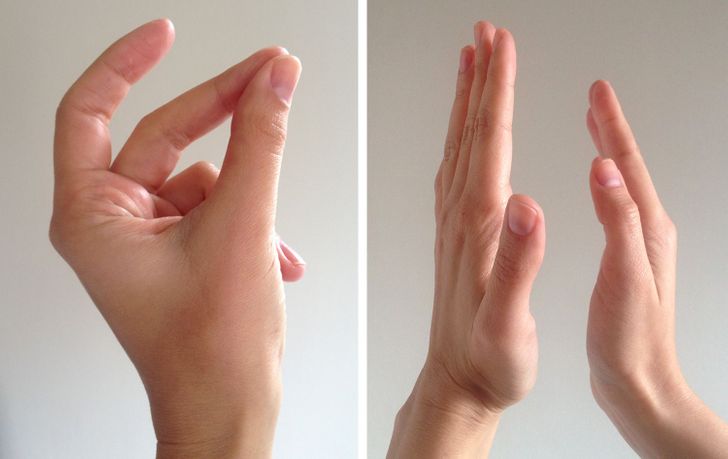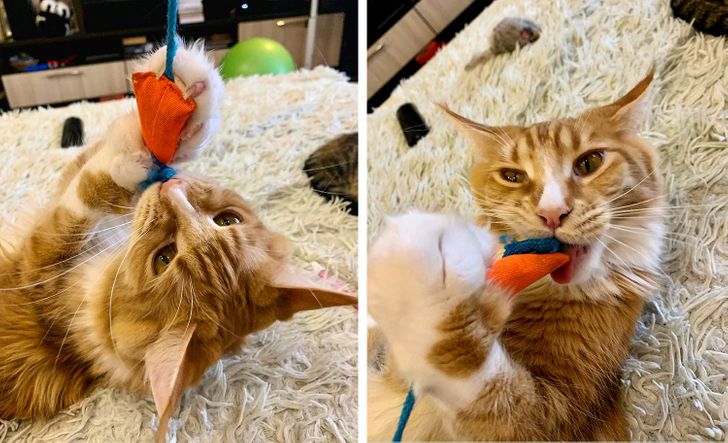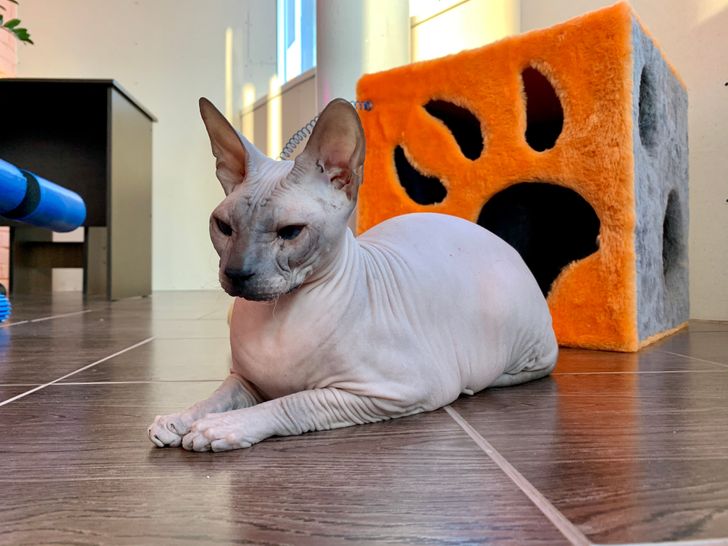How to Stop a Cat From Biting
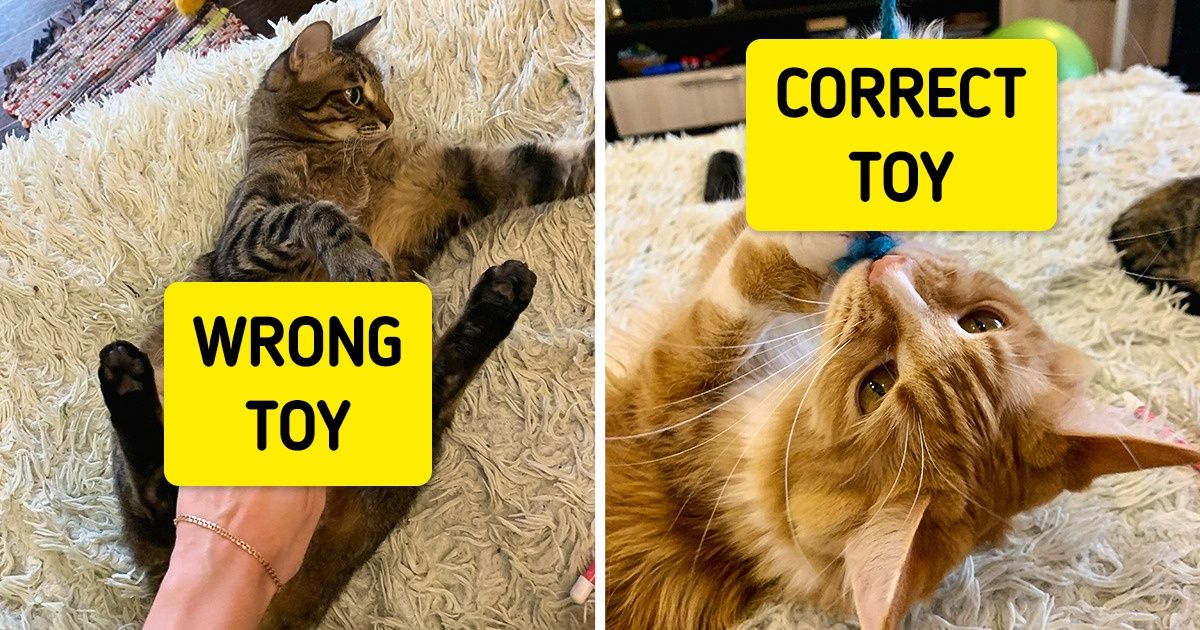
Many people love to watch their naughty kitten copying an adult predator and trying to scratch and bite their owner. But time passes by and the pet grows up while their habit to fight remains. Some owners tend to explain this bad behavior with the cat’s temper or its instincts.
5-Minute Crafts explains why cats scratch and bite their owners, and how to stop them from this bad habit.
Step 1: Observation
Take a closer look at your pet. Learn how often and in what situations the cat scratches or bites you, what happens before that, whether it shows aggression or thinks of it as a part of the game, and how it behaves afterward. If you know these little things, you’ll be able to analyze the cat’s behavior and understand why it acts like that.
Step 2: Determining the cause
- Stress and irritants
Cats prefer peace and quiet, and they don’t like strong odors. If it’s noisy inside the house, like the TV is loud or someone is shouting often, the cat can become irritable and may begin to attack its owner, showing aggression.
Strong odors, like vinegar, citrus fruits, essential oils, and garlic can irritate the cat too. If you want to calm your pet down, monitor the noise level, and ventilate the room more often.
By the way, a cat can also become more irritable during puberty, pregnancy, and lactation.
- Lack or excess of attention
Perhaps the animal lacks tactile contact with the owner. If this is the case, it’s not enough to just buy it toys. The cat requires your full attention and wants to play together.
Sometimes it happens the other way around: stress can be caused by the owner’s excessive attention when they treat a cat like a toy that they can cuddle at any time.
- Wrong forms of communication and games
Often, the cat’s behavior is determined by the conditions in which it grew up. If the owner allowed the cat to attack their legs and hands when it was a kitten, the cat will continue to do this into adulthood.
Some types of games have negative effects too. Like, if you deliberately prevent the cat from focusing on the hunt, or you wave the bait too quickly in front of its nose, forcing it to turn its head quickly. This kind of behavior annoys the cat, and it will respond with biting or scratching to stop it.
- Status
The pet can bite and scratch to assert its dominance or to show you that it’s in control and is ready to attack if you cause it discomfort or pain. In both cases, you need to rebuild the relationship with your pet — which should be based on mutual respect and trust.
- Fear
Sometimes the cat’s aggression is caused by its fear of moving to a new place, having strangers in the house, or accepting a new pet. This condition will go away faster if you surround your pet with comfort and love. For example, don’t allow guests to make sudden movements or touch the cat. The cat should be able to approach them first. After moving to a new house, allocate a certain place, and put the cat’s belongings there, like its favorite blanket, toys, or bed. This way, the cat will have its own comfortable space full of familiar smells.
- Health problems
Sometimes the cat will attack because it is in pain. This could happen when you pick the pet up in your arms or try to stroke it. It can also happen when they are teething or when the cat has a disease in its mouth. If this is happening, you need to pay a visit to the vet.
By the way, parasitic worms can also cause pain, so it’s recommended to get a regular preventive treatment for your cat.
Step 3: Getting rid of the bad habit
If attacks have become a part of your pet’s daily behavior, change the cat’s living conditions after you eliminate the cause of irritation:
- Improve the design of the space: get more beds, shelves, shelters, and nooks where the cat can hide. Move fragile and dangerous objects from the area where the cat often plays. It’s not necessary to adjust your home to your pet’s needs, just allocate a special zone where your pet will feel free and comfortable. For example, place its bed closer to the radiator, and cover the edge of the couch, where the cat likes to play and sleep, with a blanket to protect it from damage.
- Create more activities where the pet can exercise its natural skills. For example, wrap a treat in paper or hide it in a cardboard box to make your cat have to exert some physical and mental effort to get it.
-
Don’t scold or punish your cat. This approach only intimidates the pet, and makes it difficult to establish a trusting relationship. If your cat does something bad, stop it during the process with a harsh sound, like for example, snap your fingers or clap your hands, while looking straight into the cat’s eyes. If necessary, take the animal in your arms and move it away from the prohibited place or object. Use a reward-based method to train your cat to perform a particular action.
-
Respect your pet’s personal space. Everyone should have a nook where no outsider can enter. Otherwise, it will be difficult for the cat to relax, and it will be constantly alert and ready to attack. As a result, your cat can become tired, irritable, and aggressive.
